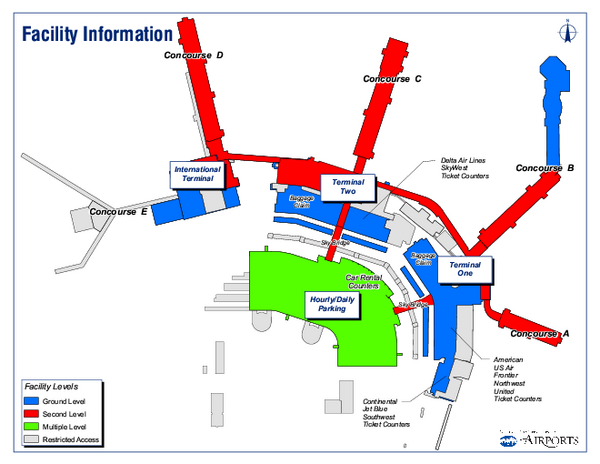

The racial makeup of the city was 87.7% White, 0.4% African American, 0.8% Native American, 1.1% Asian, 0.1% Pacific Islander. There were 3,637 housing units at an average density of 710.5 per square mile (274.3/km 2). The population density was 2,113.5 people per square mile (816/km 2). Source 2: National Weather Service (mean maxima and minima 1981–2010) (September record high) ĭemographics Historical population CensusĪs of the census of 2010, there were 11,362 people and 3,637 households residing in the city. The data in the chart below are from the period 1893 - 2013 (Western Regional Climate Center). According to the Köppen Climate Classification system, Heber City has a humid continental climate, abbreviated "Dfb" on climate maps. Large seasonal temperature differences typify this climatic region, with warm to hot (and often humid) summers and cold (sometimes severely cold) winters. Heber City is located near three large reservoirs, Jordanelle, Deer Creek, and Strawberry. The region in which Heber City is located is known as the Wasatch Back.Īccording to the United States Census Bureau, the city has a total area of 3.5 square miles (8.9 km 2), all land. Beautiful homes have erected where then was heard only the dismal howl of the coyote." Delightful meadows and fields of waving grain have taken the place of sage brush and willows. A wonderful change has taken place of the appearance of the valley since that time. Forty years ago today, John Crook and Thomas Rasband commenced their first plowing in the beautiful little valley of the Timpanogos. Carpenter, the last five named persons having since died. Carroll, Thomas Rasband, John Jordan, John Carlile, Wm Giles and Mr. This company consisted of John Crook, James Carlile, Jessie Bond, Henry Chatwin, Charles N. On May 5, 1899, the Wasatch Wave published this on the 40-year anniversary of Heber, "Forty years ago this week, this valley was first settled by a company of enterprising citizens from Provo. Murdock became the bishop over the The Church of Jesus Christ of Latter-day Saints in Heber City and vicinity.


The area was under the direction of Bishop Silas Smith, who was in Provo. Heber City was first settled in 1859 by Robert Broadhead, James Davis, and James Gurr. The city is located 43 miles southeast of Salt Lake City. The population was 16,856 as of the 2020 United States census. Heber City is a city and county seat of Wasatch County, Utah.


 0 kommentar(er)
0 kommentar(er)
